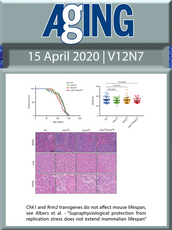 Myotonic dystrophy type 1 (DM1) is a genetic disease transmitted according to an autosomal dominant mode, with a multisystemic phenotypic expression. Muscles, heart, lens, central nervous system and endocrine glands are target organs. The risk of type 2 diabetes in particular is much higher in patients with DM1 than in the general population. French work supported by the AFM-Telethon had previously demonstrated that metformin, an oral anti-diabetic, could have a beneficial effect on walking and balance disorders observed in Steinert’s disease. This trial followed the work of a team from I-Stem, the French research and development laboratory dedicated to human pluripotent stem cells created and supported by AFM-Telethon, which had demonstrated metformin corrects certain splicing defects in embryonic stem cells and in myoblasts from people with DM1.
Myotonic dystrophy type 1 (DM1) is a genetic disease transmitted according to an autosomal dominant mode, with a multisystemic phenotypic expression. Muscles, heart, lens, central nervous system and endocrine glands are target organs. The risk of type 2 diabetes in particular is much higher in patients with DM1 than in the general population. French work supported by the AFM-Telethon had previously demonstrated that metformin, an oral anti-diabetic, could have a beneficial effect on walking and balance disorders observed in Steinert’s disease. This trial followed the work of a team from I-Stem, the French research and development laboratory dedicated to human pluripotent stem cells created and supported by AFM-Telethon, which had demonstrated metformin corrects certain splicing defects in embryonic stem cells and in myoblasts from people with DM1.
In an article published in April 2020, Spanish researchers provide additional arguments in this direction. Their study studied the metabolism of fibroblasts in cultures and of circulating monocytes from patients with DM1. These cells had mitochondrial dysfunction with, among other things, a reduction in oxidative metabolism and an increase in free radicals, as well as an acceleration of cell aging. These anomalies have disappeared following the addition of metformin to the environment. These elements support the interest of this molecule in the management of DM1.
